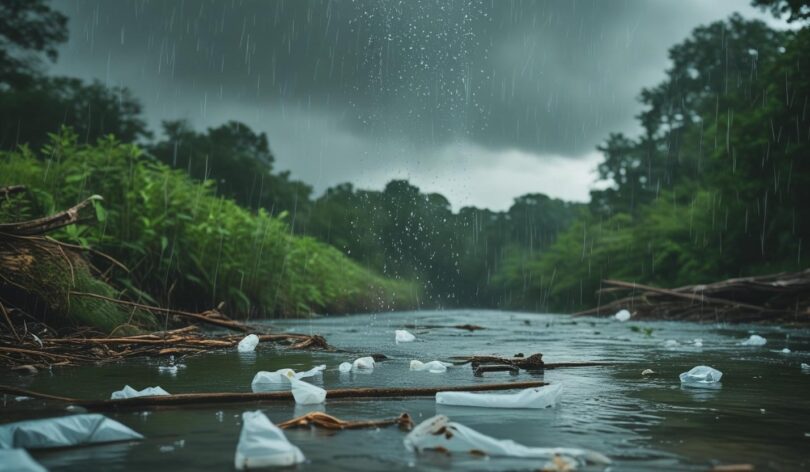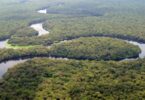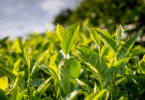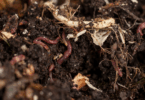The water cycle is one of Earth’s most important natural systems. It moves water through evaporation, condensation, and precipitation, helping to maintain ecosystems, grow food, and supply clean water to billions of people. But in recent years, scientists have discovered something troubling. Tiny plastic particles known as microplastics are now becoming part of the water cycle.
Microplastics are plastic fragments smaller than five millimeters. They come from many sources—single-use plastics that break down in the environment, clothing made from synthetic fibers, plastic packaging, vehicle tires, and even household cleaning products. These particles are so small that they often go unnoticed, yet their impact is becoming impossible to ignore.
How microplastics enter the water cycle
Microplastics are commonly found in rivers, lakes, and oceans. But researchers have recently detected them in places that surprised even experts—in clouds, mountain snow, rainfall, and fog. This means microplastics are being carried by wind and lifted into the atmosphere along with water vapor during evaporation.
Once in the atmosphere, microplastics mix with cloud particles. When it rains or snows, they fall back to Earth and settle into soil, freshwater systems, and even our own drinking water. In some cities, traces of microplastics have been found in tap water and bottled water.
A study conducted in 2023 by researchers in Japan revealed that cloud water collected from Mount Fuji contained significant levels of microplastics. These particles were floating in the clouds and interacting with sunlight, possibly even affecting cloud formation and weather behavior.
Why this matters for people and the planet
The water cycle plays a critical role in balancing Earth’s climate and maintaining healthy ecosystems. If microplastics continue to interfere with it, there could be long-term effects on:
- Rainfall patterns: Microplastics might affect how clouds form and how much water they release
- Soil health: When plastic particles fall with rain, they can disrupt the balance of nutrients and harm soil organisms
- Freshwater ecosystems: Lakes and rivers that receive polluted rain could see declines in fish populations and biodiversity
- Human health: Drinking water and food grown with contaminated water may carry microplastics into our bodies, potentially harming organs, cells, and hormone systems
Scientists have also raised concerns that microplastics may act as carriers for harmful bacteria or toxic chemicals, spreading them through the water cycle.
What can we do to reduce the impact
Microplastics are hard to remove once they enter the environment, but we can take steps to reduce their release:
- Use less single-use plastic like straws, bags, and packaging
- Choose natural fibers like cotton or linen instead of synthetic clothes
- Install filters on washing machines to catch microfibers
- Support research and policies that improve plastic waste management
- Buy from eco-conscious brands that prioritize sustainability
Governments, researchers, and environmental groups are now working on solutions—from better waste collection systems to new materials that break down safely in nature.
The water cycle is essential to life on Earth. Protecting it from plastic pollution should be a global priority.









